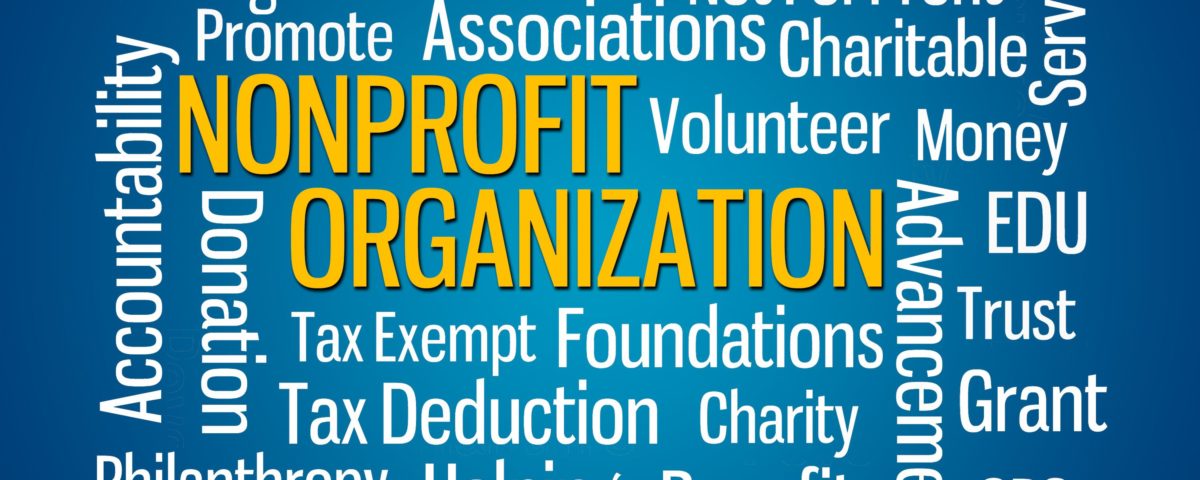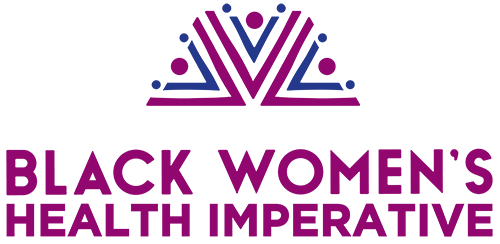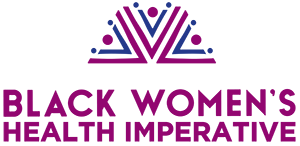Government Shutdown: What It Means for Nonprofits, and What We Can Do

What’s Actually Shut Down Right Now
Most “non-essential” federal operations are paused. Agencies discontinue discretionary work without current appropriations, while essential services continue. Mandatory programs keep running, but many supports around them slow or pause.
Agency-by-Agency Slowdowns
Each department follows a written contingency plan that details furloughs, paused services, and limited exceptions. In total, about one-third of federal staff are furloughed during this shutdown. For example:
- The Environmental Protection Agency has furloughed 13,432 of its 15,166 employees.
- The Social Security Administration has furloughed 6,197 out of its 51,825 employees.
- The Department of Health and Human Services employs nearly 80,000 people, of which about 32,000 have been furloughed.
These slowdowns mean fewer staff to manage grants, approve contracts, and provide technical assistance. (Link to government contingency plans)
What Remains Open
- Essential operations continue for safety of life and property.
- Mandatory programs like Social Security and Medicare keep paying benefits, though customer service can be slower.
- Active-duty military and certain core functions remain staffed under exceptions.
The Nonprofit Lens: Near-Term Risks
The National Council of Nonprofits has provided a strong blueprint for how nonprofits should navigate shutdown periods. Their guidance highlights several immediate risks and actions that organizations should prepare for:
- Cash-flow crunch: Reimbursement delays and paused draws can force nonprofits to front payroll, rent, and program costs. Build a cash buffer where possible, line up bridge support, and talk to lenders early.
- Grant performance risk: Deliverables may be due while federal points of contact are unavailable. Document every impact, keep contemporaneous records, and save correspondence to support future adjustments.
- Community demand may rise: If federal partners pause, community need often shifts to nonprofits, stressing staffing and supplies.
Immediate Steps for Nonprofit Leaders
- Audit your federal exposure. List grants and contracts, award numbers, burn rate, draw schedules, and points of contact. Download each agency’s contingency plan for your files.
- Stabilize cash. Update 8–12 week cash forecasts, identify bridge financing, and talk with foundations about temporary flexibility for restricted funds. Use board finance committees to model scenarios.
- Protect compliance. Keep time and effort, procurement, and subrecipient files current. Note when submissions or approvals are blocked by the shutdown.
- Coordinate communications. Prepare a short explainer for staff, partners, and clients about what is paused, what is operating, and where to get help. Reference agency plans rather than guessing.
- Take Stock of Your Vulnerabilities. Start with a clear-eyed look at where you stand. How much of your revenue depends on federal dollars, and what programs would be disrupted first? Do you have enough in reserves to cover payroll, rent, and basic operations if reimbursements stall? Use this moment to map out scenarios, identify pressure points, and decide what adjustments may be needed to keep your team and services steady.
Smart Advocacy That Moves Legislators
- Make it local and specific. Share short stories and simple numbers: people impacted, services at risk this month, and what a continued shutdown means for your community.
- Engage district offices. Call, email, and request in-district meetings or site visits. Show real programs, staff, and constituents; bring two or three clear “asks” tied to reopening and timely reimbursements.
- Mobilize coalitions. Align with hospitals, clinics, food security groups, and housing providers for joint letters and press quotes. Coordinated voices have outsized impact.
- Give your audience a script. Provide a one-minute call script and link to find representatives, then track calls made. Keep it respectful, concise, and focused on reopening government quickly.


